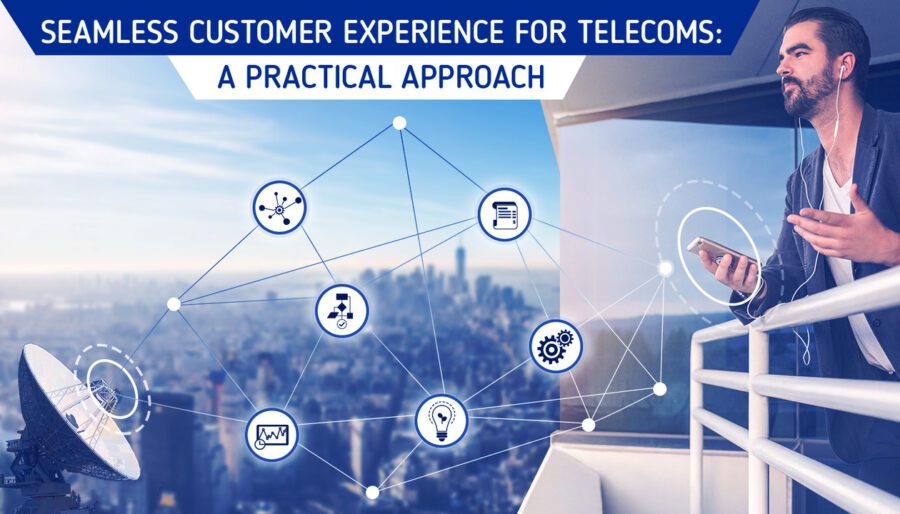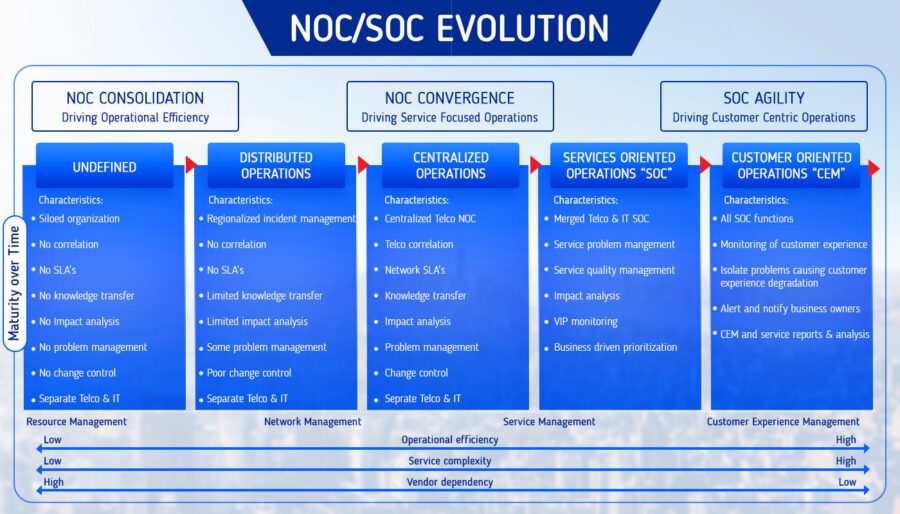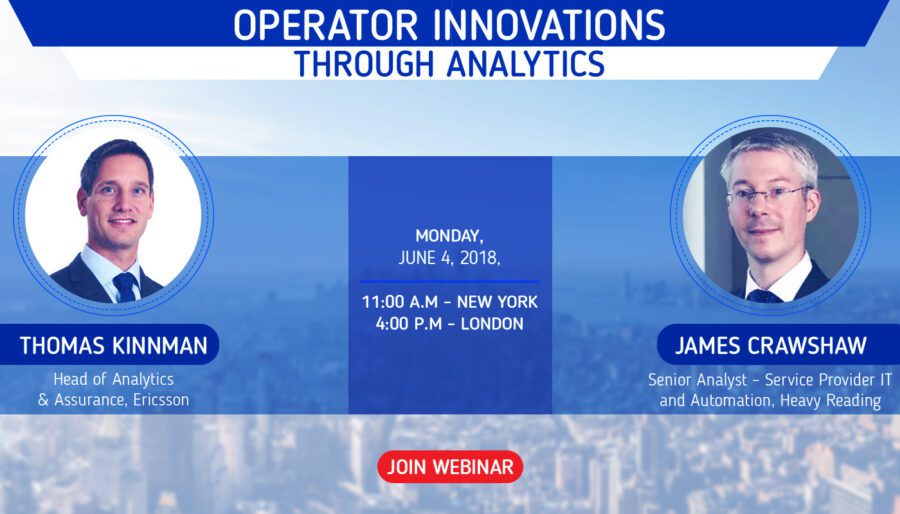In this age of data and convenience, customers across the globe are getting used to great customer experience from numerous companies. Big names such as Google, Apple, Amazon, and many others lead the way when it comes to ensuring a seamless customer experience. While these names lead the front, Telcos lag behind when it comes to their perception of great customer experience.
In consideration of the fact that Telcos lag behind when it comes to their perception of great customer experience, I recently talked to Thomas Kinnman from Ericsson. Both of us discussed important factors related to customer experience in the eyes of Telcos, and what should be done in this regard.
Telcos Lagging Perception of Great CX
There are numerous negative customer experiences that often go unnoticed by Telcos. Telcos fail to deliver action at the right time, and often end up losing the customer value that they would have wanted to provide. It is necessary for Telcos to understand what constitutes a negative experience and what should be done to cater to their customers. It is also extremely important that Telcos understand that not all customers have the same expectations, and that, indeed, expectations can widely vary from person to person.
While talking this over, Thomas Kinnman mentioned the rise in silent churners. “Silent churners” is a term used to define people leaving the Telco without complaining, and Kinnman was quick to identify that this specific group is at a general increase.
Reason for Negative Customer Experience
There are numerous reasons for negative customer experience when it comes to a Telco. Some of these reasons are:
- A complex network can often be hard to understand for Telcos, which is why they aren’t able to look for plausible reasons for a minor alteration such as a dropped call.
- Many legacy networks in place that need to be updated.
- Limited understanding of the end user experience and the behavior patterns of the end users.
- These behavior patterns are often tricky to understand.
While negative customer experiences can be gauged through different metrics and numbers, it is a bit difficult to know the actual cause of a negative experience. The complications that arise while Telcos look for the causes behind a negative customer experience are:
- Too many OSS and BSS systems spread across the organization that work in silos
- Lacking the skills and time to correlate the customer data with network data in real-time.
- Creating big data lakes integrating different data sets and start to build their own algorithms and use-cases, when they have limited time, experience and data to play with.
- 85 percent of all data lakes are used for innovation, and not for running hardened use-cases 24×7 and certainly not use-cases that creates actionable insights to preempt negative experiences.
- Customer grievances are hard to scale with respect to the data related to them.
Considering the complications that can arise while understanding the causes behind negative customer experiences, it is necessary that Telcos recognize what is required during this hour.
What is required for Telcos
What Telcos basically need to do right now is to understand the customer journey and all the intricate details involved in that process. These intricate details include the purchasing, billing, service usage and updating of network services. All these touchpoints are extremely necessary for operators to understand and harness for their own good.
Kinnman pointed out some facts about how that could help Telcos stuck in a possible conundrum, achieve better customer insights. Instead of Telcos trying to gather data and understand the insights from it, they can use pre-readymade algorithms crafted through the expertise of thousands of domain experts and data scientists working with the firm.
These data models and algorithms can work with any data set to provide actionable insights, to link network data with consumer data, and to find the root causes behind any negative experience. The prepackaged data algorithms are fed with reference data to help them give insights to different stakeholders across the operators, e.g. network planning, operations, customer care, marketing etc. The data correlation engine between data insights and customer problems can help solve problems on the go.
Understanding the Data Correlation Engine
The data correlation engine takes customer events in real-time and detects any experience problems and ensures plausible action to resolve the problem. For example, if there is a dropped call, the engine has a real-time correlated call record including the possible reasons behind that dropped call, and what could have been done to avoid that. Once the problem has emerged, the network data will set out to find out the major cause behind the dropped call. The cause could either be a network problem, device problem, subscription problem or OTT problem – something outside the operator’s control.
Once the possible causes have been outlined, the data correlation engine and the dynamic rules engine will outline the most probable causes as well as provide insights into why this cause was the reason behind the problem. Once the most probable cause has been outlined, the system also suggests a next best action so that the Telco can start to put an end to these causes.
With the most probable causes and next best actions outlined, the operations team can fix problems before they impact customers while the customer care representatives could contact already impacted customers with the reason behind the problem. For example, if the drop in call quality occurred because of a radio coverage problem, then the call representative should outline that the operators are looking into bettering the customer experience in the specific region through network upgrades. The issue should then be forwarded to the network planning team for further contemplation.
Moving to Automation
Telcos eventually have to move towards better automation, so that repetitive work is handled in a more efficient manner. After automation has been implemented, all people within a Telco should be made to focus on work that is of a higher value addition. It is necessary that the work people do and the processes in place change for the better, because that is how proper automation would be achieved. Rather than having the people think that automation is a threat, make them think that the machines will do the boring, repetitive work, while they’ll be the ones adding value, or in simpler terms putting in the human element.
Ericsson is putting a lot of research and development efforts into the area of Automation, including knowledge management and machine intelligence that enable automation. In order to make people trust a system to do the work for them you need to train the system properly and validate the system insights, most probable causes and the recommended actions that are to be automated.
Source Ericsson: 6 phases of automation maturity
Results of Transformation
Kinnman talked about the results of the transformation to automation, and how it will work for them. To put more weight to what he said, Kinnman referred to the very transformation that they had within Ericsson. The internal transformation at Ericsson has increased the presence of the company all around the world. The company has transformed its operations into more service centric operations, to benefit the end consumer.
With brilliant success in their own transformation, Ericsson also helps transform numerous Telcos around the world to become more service and customer centric. Below you find some example results from different transformations:
- 60% improvement in average handing time (AHT) and first call resolution (FCR) observed in operations and customer care
- 25% reduction in network detractors over a three-year period
- 20% increase in upsell/cross- sell rate thanks to better understanding of customer satisfaction, behavior and needs
If you want to learn how to practically transform your telecom service organization into a customer centric organization, then you should join the webinar being hosted by Ericsson. You can ask Thomas Kinnman questions, and can provide insights of your own as well.



